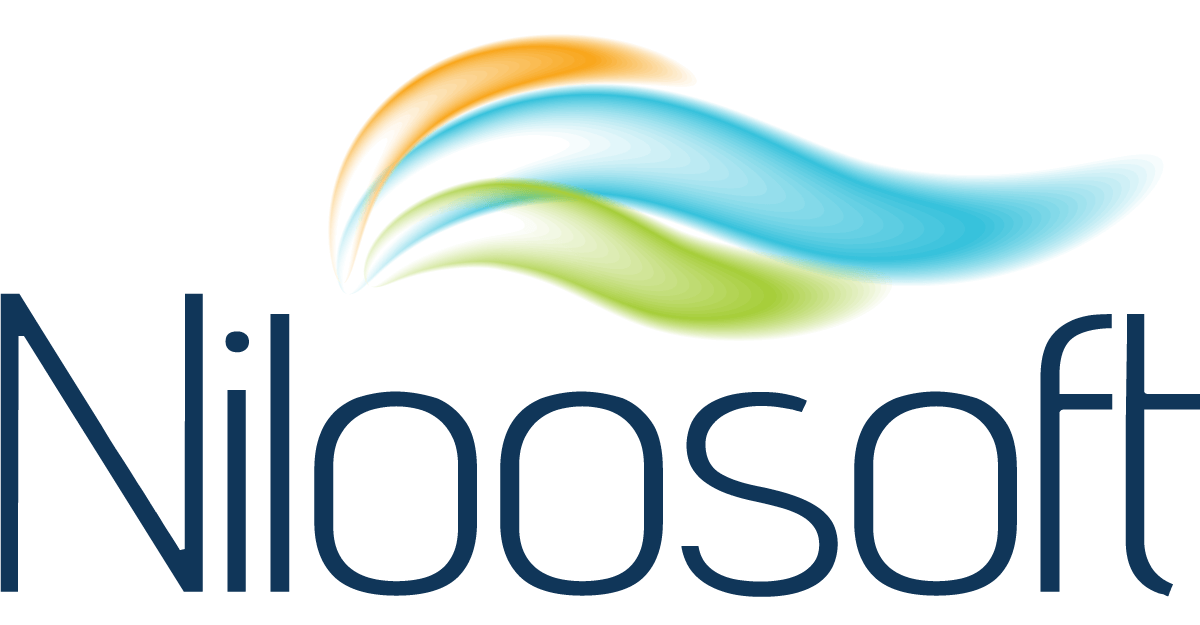If you’re a business owner or manager, you know that employees are your company’s most valuable asset. But as your staff size grows across multiple locations, tracking attendance, scheduled hours, time off, and related metrics becomes a giant headache.
Relying on paper timesheets and honesty systems is not sustainable as your company expands. It leads to payroll errors, missed time theft, lack of compliance visibility, and little workforce analytics to guide scheduling. To support scaling teams, you need an automated attendance tracking system.
Speaking from experience, we implemented automated attendance software last year. The benefits completely changed our backend operations and profitability. Let us share insights on how modern tracking technology transforms not just payroll processing but also strengthens workforce productivity as small businesses rapidly expand.
Automating Crucial yet Tedious Tasks
First, what are automated attendance solutions? The systems leverage technologies like mobile GPS, facial recognition, badge proximity sensors, and biometrics to electronically capture employee hours worked. Staff use smartphones, wearables, or wall-mounted terminals to “punch” in and out as they start and end each shift.
The platforms automatically compile exact clock-in/out data and sync with cloud databases in real-time. Built-in analytics, custom reports, and payroll integrations streamline downstream processes without needing manual data entry or calculation.
For managers, automating mundane tracking, compliance, and timesheet tasks allows focusing on strategic priorities. Based on my experience, here are five compelling reasons growing companies must adopt attendance automation.
-
Eliminate Payroll Headaches and Costly Wage Errors
Processing payroll was dreadfully painful at our company before automation. Our foremen submitted scribbled timesheets weekly for 20 construction crews with 2-5 equipment operators each. Figuring out hours worked with overtime calculations was mind-numbingly complex.
Despite my best attempts double and triple checking math for 100+ employees every pay period, inadvertent wage errors still occurred. Over fifteen years, we ended up overpaying staff nearly $385,000 cumulatively due to inaccurate shift data.
Beyond the financial hit, wrong wage payments created massive employee dissatisfaction and compliance worries.
According to a an EPI report, some companies have paid employees incorrectly at some point. Automation provides payroll accuracy and workforce productivity gains that far outweighs costs.
Modern platforms like Workforce.com integrate directly with payroll systems using standardized data formats. Captured attendance hours flow seamlessly into pay calculation engines, virtually eliminating manual wage errors through automation.
Meanwhile, automated shift verification and manager approval safeguards also prevent potential fraud or accidental overpayments – saving tens of thousands annually.
-
Address Absenteeism Issues Threatening Operations
Another constant struggle from my experience managing crews at constructions sites was surprise short-staffing. Despite closely monitoring projects daily, crew members still called in sick unexpectedly last minute or skipped shifts without notice.
Such unplanned absenteeism caused work delays and huge overhead costs from equipment and rental site downtime. Our peak overhead rate averaged **$8,400 per hour **based on machinery assets allocated across sites daily. Just a few operator call-outs idled gear that compelled me to pay thousands for literally zero productivity.
Automation gave unprecedented ability to address absenteeism. Crew foremen now receive real-time notifications about missing staff hours before shifts. We quickly phone alternate operators to fill gaps, minimizing downtime risks. Detailed reports have also helped identify causes behind lost hours like unreliable transportation or childcare instability for some roles.
-
Optimize Staffing Needs Using Analytical Insights
Trying to staff projects optimally as our construction business grew felt like guesswork before modern analytics. Basing crew sizes on old rule-of-thumb project duration estimates led to overstaffing or understaffing persistently. Excess workers increased project payroll costs but having too few operators delayed schedule timelines.
Automated attendance analysis provided unprecedented visibility into capacity utilization rates and actual staffing needs over time. Historical reporting shows peak occupancy periods by project phase on granular 15-minute intervals now. I align shift schedules tightly based on data instead of estimations. Knowing true staffing effectiveness also allows modulating crew sizes correctly.
Technology removed attendance tracking as a business bottleneck. Our crews expand and contract correctly based on project scope instead of assumptions. Outside of payroll benefits, optimized dynamic scheduling unlocks over $250,000 in annual productivity gains through automation analytics.
- Develop Trust and Loyalty Through Accurate Compensation
Paying employees accurately seems straightforward. But minor wage variances severely impact budget-stretched hourly workers and erode company loyalty fast.
For smaller construction firms competing intensely for operators and builders, compensation inaccuracies drastically increase retention risks. Helping crews understand pay adherence and focus on family-supporting incomes directly drives staff tenure.
Automating attendance tracking and payroll instills confidence in employees of getting paid precisely based on verified hours. Staff also access convenient web dashboards for self-monitoring hours worked, leave balances, and overtime details. Transparent engagement increases workforce trust and alignment with management.
Besides virtually eliminating missed wages, automated software also simplified onboarding and activating direct deposit for employees. Over 75% of new hires now setup electronic payroll payments through self-service apps, reducing administrative costs.
-
Strengthen Compliance Programs as Business Scales
Staying current with employment legislation compliance gets infinitely harder as your company expands to new locations with locally specific regulations. Absence policy differences in our unionized New Jersey crews versus non-union sites in Florida created endless confusion trying to apply rules consistently.
Automation provided systematized control through centralized policy configuration spanning geographic sites for enforcing:
- Accrued time off allowance
- Differing absence timelines for tenure groups
- Applicable overtime pay rates across states
The software automatically applied appropriate attendance rules throughout the payroll cycle while letting me customize criteria. Centralized compliance configuration will become crucial as we plan new branches in California and Nevada soon.
Administators also generate location-specific labor law reports on-demand through the platform without manually digging through excel further easing compliance.
Evaluating Attendance Tracking Systems
If exploring automation to solve growth struggles, consider a phased rollout. Pilot systems at a single large location for several months first. This allows smaller businesses to validate usability and tangible benefits before committing significant budgets.
Attendance platforms rely on capturing staff hours through various technologies:
Unstructured Mobile Apps
Low-cost apps using smartphone photos or GPS locations for attendance punching provides flexible options for small/medium businesses. However, reliance on individuals remembering to self-check-in raises potential compliance risks from missed punches.
Proximity Badges and Biometric Readers
Distributed tap-enabled ID badges, fingerprint scanners and facial analysis cameras increase punch accuracy by validating physical presence automatically. But hardware deployment costs run higher. Ideal for large enterprises.
Bluetooth Mobile Beacons
Bluetooth tags, cell phones, and wearables enable touchless check-ins and location tracking via cloud-managed mobile apps. Enterprise-capable functionality at smaller business pricing.
Evaluate options balancing affordability, risk controls, IT infrastructure needs, ease-of-use, implementation time, and support. Seek seasoned technology partners offering advice tailored to your management priorities as well.
Start Automating for Growth Now
Expanding your workforce from 20 employees to 50 and eventually 100+ across multiple states introduces unforeseen administration hurdles. But consistently tracking staff attendance, hours worked, time off accruals, and scheduling creates an especially painful chokepoint via dated manual approaches. Missed wages, compliance gaps, wrong taxation become inevitabilities without process upgrades.
Purpose-built, modern attendance tracking systems represent the most impactful technology innovation available to eliminate these risks for growing businesses. Automation frees precious management bandwidth wasted on formerly tedious yet business-critical administration tasks. Implementing robust platforms brings fundamental operational control needed to support aggressive company expansion confidently.
Hopefully, the real-world insights provided on transformative potential benefits makes exploring automation compelling regardless of your current employee size.
Chat us anytime to discuss technology selection tips or share implementation experiences to streamline your workforce tracking processes.


